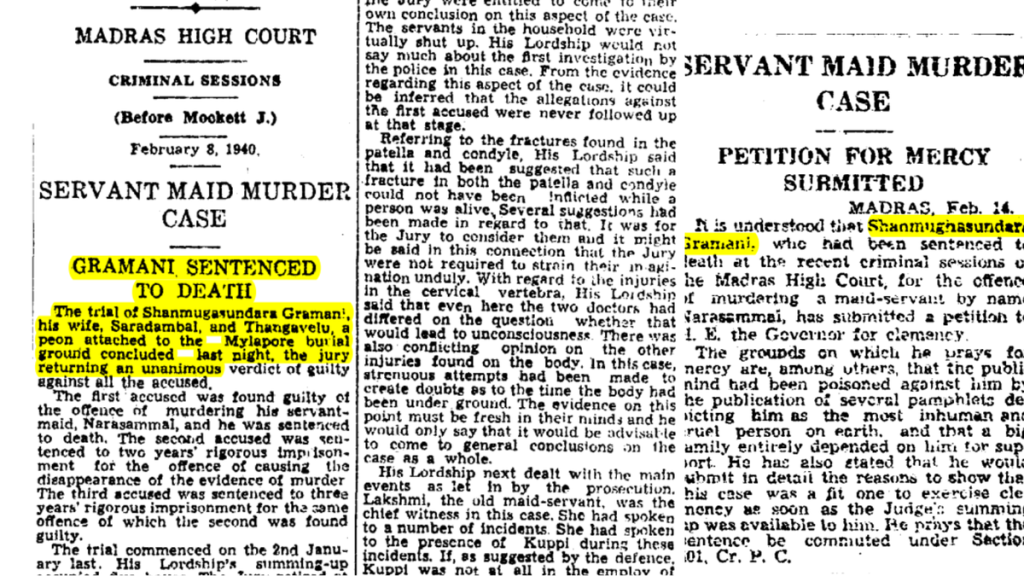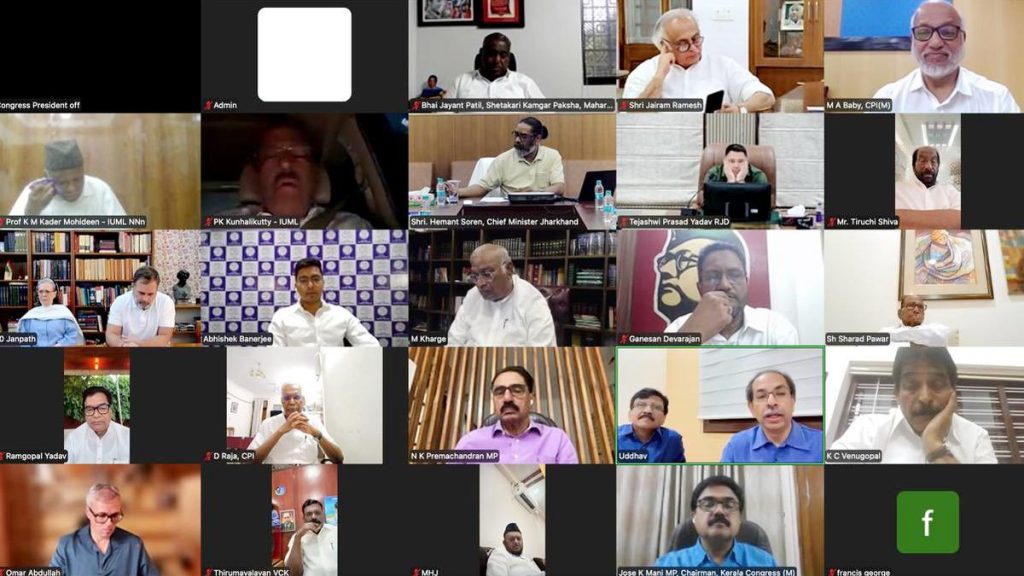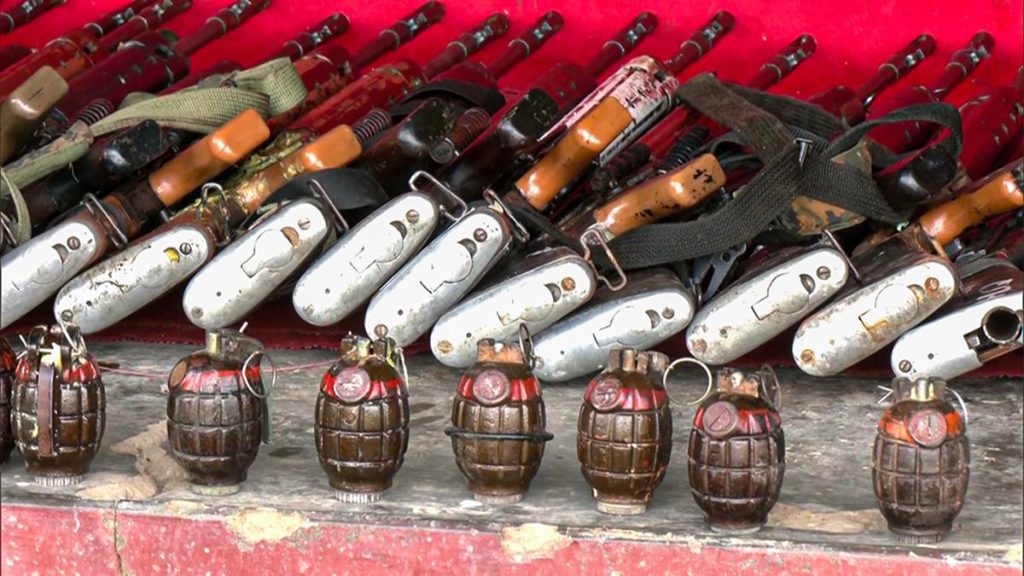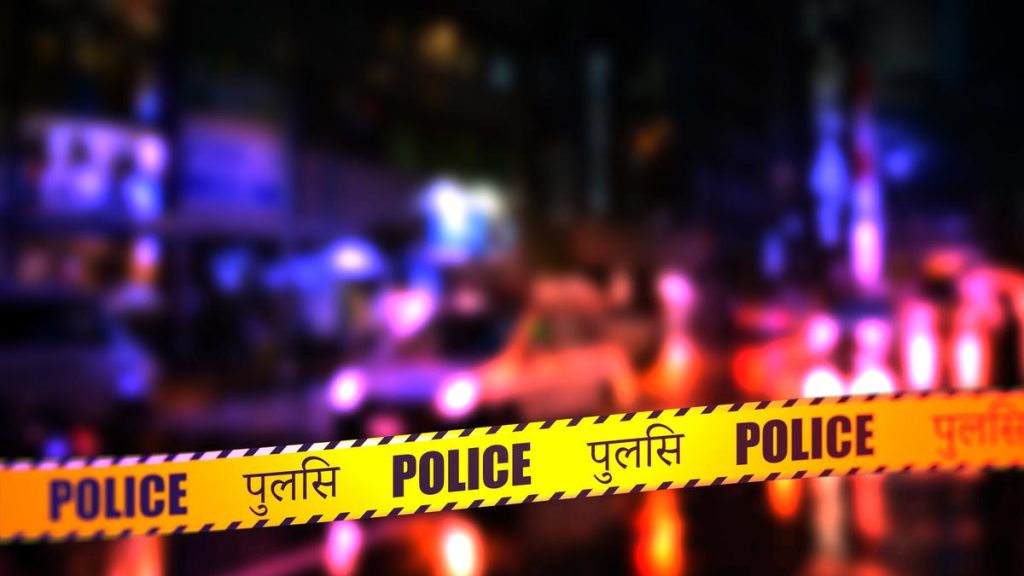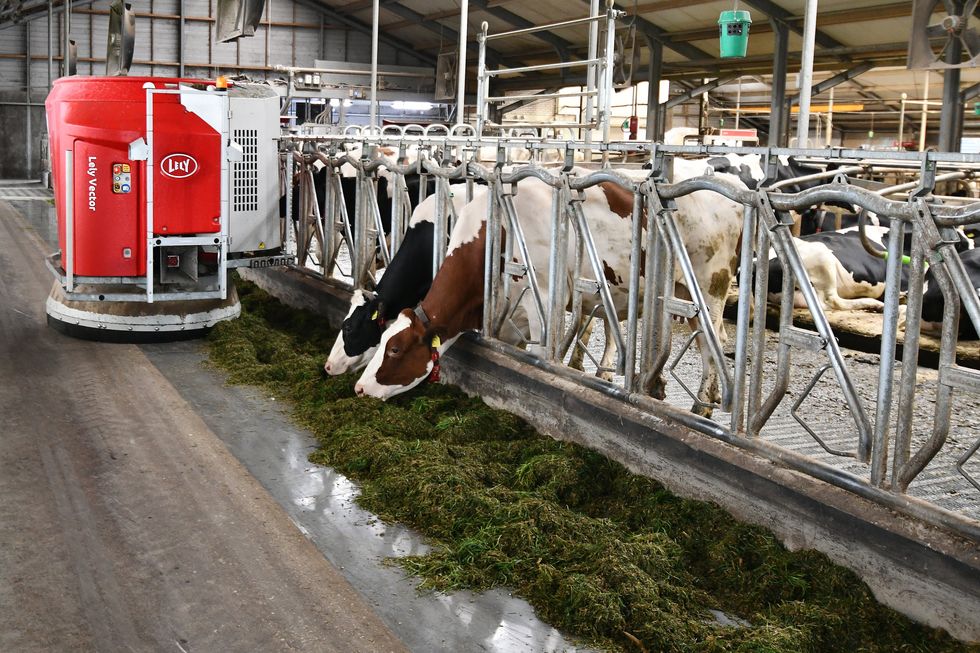Now Reading: Boeing Starliner Was a Minute from Disaster in Space Station Docking
-
01
Boeing Starliner Was a Minute from Disaster in Space Station Docking
Boeing Starliner Was a Minute from Disaster in Space Station Docking
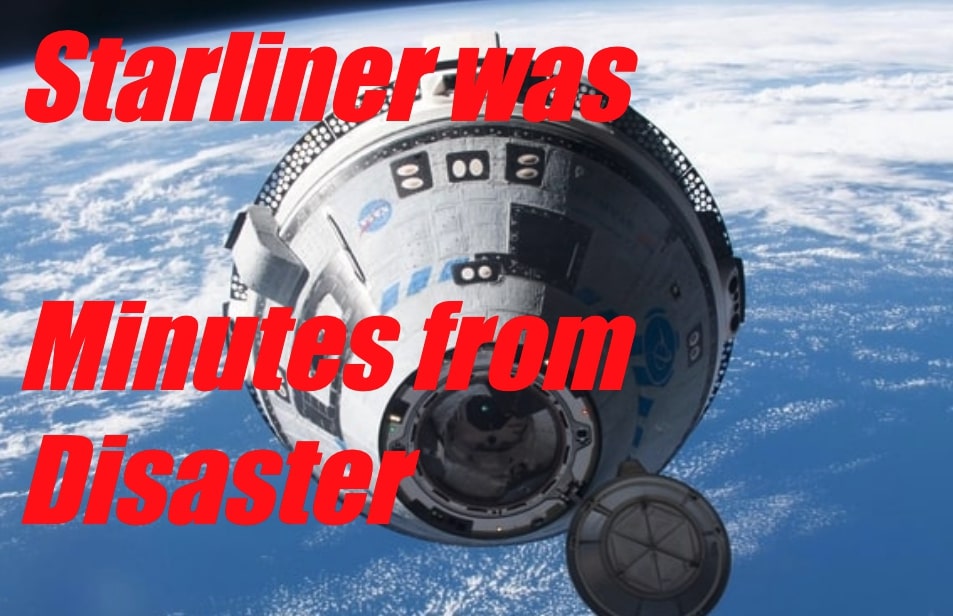
The Boeing Starliner faced a critical situation during its approach to the International Space Station (ISS), where multiple thruster failures brought it within minutes o losing full control and potentially endangering the crew. Ars Technica got the details from Astronaut Wilmore on the danger 9 months ago during the docking.
The Starliner was likely 30-60 seconds from total loss of control and potential crew loss if a fifth thruster had failed before the first reset, or if the reset had not restored functionality. The critical period spanned the minutes between the fourth failure (loss of 6DOF) and the successful reset, with Wilmore’s manual skill and Mission Control’s quick decision-making bridging the gap. The crew’s decision to prioritize docking over an uncertain deorbit burn, combined with the partial thruster recovery, narrowly averted disaster.
The progression from the third to the fourth thruster failure appears to have occurred over a span of minutes during the final approach (within 260 meters of the ISS). After the fourth failure, Starliner had lost 6DOF control, and any additional failure (e.g., a fifth thruster before the reset) could have rendered it uncontrollable within seconds, depending on the spacecraft’s drift and Wilmore’s ability to compensate manually. The reset of two thrusters likely occurred within 1-2 minutes of the “hands off” call, averting a total loss of control by a narrow margin—potentially 30-60 seconds if another thruster had failed during that window.
The NASA and Boeing coverage did not talk about the failing thrusters.
The sequence of events was as follows:
Initial Concern and First Thruster Failure: Before the mission, Astronaut Wilmore expressed concerns about the thrusters due to prior issues during uncrewed tests (OFT missions). During the approach to the ISS, the first thruster failed, reducing redundancy but not yet compromising control.
Second Thruster Failure (Single Fault Tolerance): As Starliner neared the V-bar (velocity vector), approximately 260 meters from the ISS, a second thruster failed. This left the spacecraft “single fault tolerant,” meaning one more failure would risk losing 6DOF control, triggering a mandatory abort under standard flight rules. Wilmore took manual control at this point.
Third Thruster Failure (Zero Fault Tolerance): After acquiring the V-bar, a third thruster failed, all in the same direction (aft, bottom thrusters). This brought Starliner to “zero fault tolerance,” meaning no further failures could be sustained without losing full control. Control became sluggish, though Wilmore could still maintain it manually.
Fourth Thruster Failure (Loss of 6DOF Control): A fourth thruster failed, resulting in the loss of 6DOF control. Wilmore could no longer maneuver forward, though he retained partial control over other axes. This was a critical moment, as the spacecraft’s ability to dock or safely deorbit was in jeopardy. The crew considered docking as the safer option compared to attempting reentry with compromised thrusters.
Thruster Reset and Partial Recovery: Mission Control instructed Wilmore to go “hands off,” and a reset command was sent, recovering two of the four failed thrusters. THIS WAS A CRITICAL REBOOT of the engines.
This briefly restored single fault tolerance. aka Two thrusters were recovered.
However, a fifth thruster then failed, returning the spacecraft to zero fault tolerance.
IF the reboot was not done before the fifth thruster failed then Starliner could have started tumbling out of control.
A second reset attempt recovered all but one thruster, allowing autonomous docking to proceed successfully.


Brian Wang is a Futurist Thought Leader and a popular Science blogger with 1 million readers per month. His blog Nextbigfuture.com is ranked #1 Science News Blog. It covers many disruptive technology and trends including Space, Robotics, Artificial Intelligence, Medicine, Anti-aging Biotechnology, and Nanotechnology.
Known for identifying cutting edge technologies, he is currently a Co-Founder of a startup and fundraiser for high potential early-stage companies. He is the Head of Research for Allocations for deep technology investments and an Angel Investor at Space Angels.
A frequent speaker at corporations, he has been a TEDx speaker, a Singularity University speaker and guest at numerous interviews for radio and podcasts. He is open to public speaking and advising engagements.


